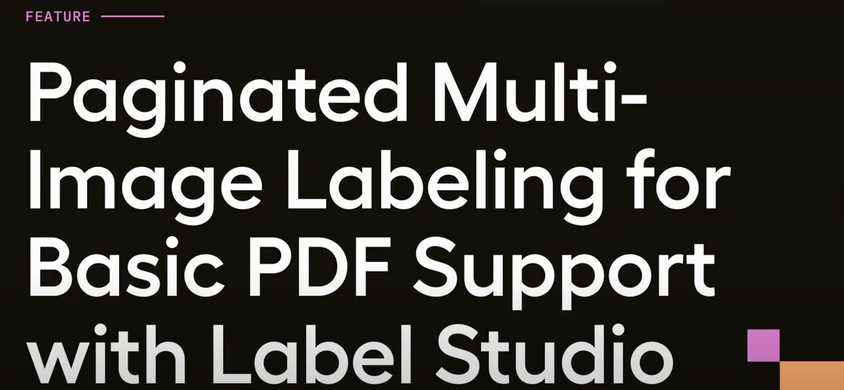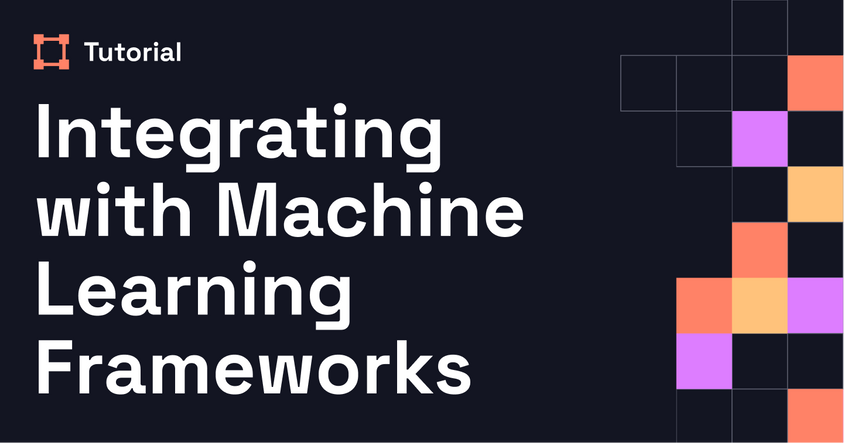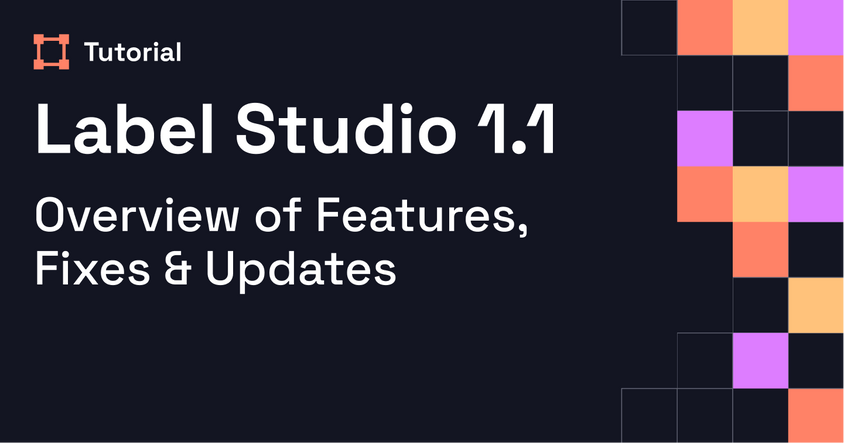In the Loop: Reinforcement Learning and Robotics
In this episode of In The Loop, Micaela Kaplan explains how reinforcement learning helps robots learn from rewards and penalties—and why it’s a foundational tool in robotics.
Transcript
Hi, I’m Micaela Kaplan, the ML Evangelist at HumanSignal, and this is In The Loop—the series where we help you stay in the loop with all things data science and AI.
This week, we’re exploring why reinforcement learning is so widely used in robotics.
In robotics, an agent interacts with an environment to complete a task—like staying on track or moving an object. Reinforcement learning works by assigning rewards or penalties to actions, encouraging the agent to maximize reward while minimizing mistakes.
At each time step t, the robot chooses an action. If the action is good—like moving toward a target—it receives a positive reward. If it’s bad—like hitting a wall—it receives a negative one. The robot learns over time to select actions that yield the most total reward, even if it sometimes takes short-term penalties for long-term gain.
This decision-making process is known as a policy—a probability distribution over actions given a state. It’s often modeled as a Markov process, which we’ll cover in the next episode.
Example: A Robot Navigating a Maze
Imagine a robot in a maze. Initially, it doesn’t know the layout and moves randomly. After each action, it receives feedback—positive or negative. Over time, it learns the optimal path by maximizing cumulative rewards.
Let’s consider a similar example adapted from a Baeldung post. Here, the robot is hungry and earns rewards by eating fruit.
- States: The robot’s position, e.g., Sₜ(x, y)
- Actions: Up, down, left, right
- Transitions: Modeled with a Bernoulli distribution (the probability of moving from one state to another given an action)
For example:
- The probability of going down from state (1,1) to (1,2) is 1
- The probability of going down from (1,1) to (1,3) is 0—they’re not directly connected
Next, we define a reward function:
- Moving to an empty cell = –1
- Reaching a pear = +5
- Reaching an apple = +10
The simulation ends when the robot reaches a fruit.
Comparing Policies
Let’s compare two example policies:
- Policy 1: Down, right, right → pear = –1 –1 +5 = +3
- Policy 2: Right, right, right, down, down, down → apple = –1 × 5 +10 = +5
Policy 2 yields a higher reward, so the robot would choose it.
Reinforcement Learning Principles
Reinforcement learning helps agents learn from experience, adjusting behavior to maximize reward. Variants include:
- Reinforcement learning with human feedback
- Reinforcement learning with verifiable rewards
But all are based on the same core idea: encouraging good behavior through structured feedback.
Tune in next time when we dive deeper into Markov models, the mathematical foundation of reinforcement learning.
That’s all for this week. Thanks for staying in the loop.
Want more episodes? Check out our other videos. And don’t forget to like and subscribe to stay in the loop.


